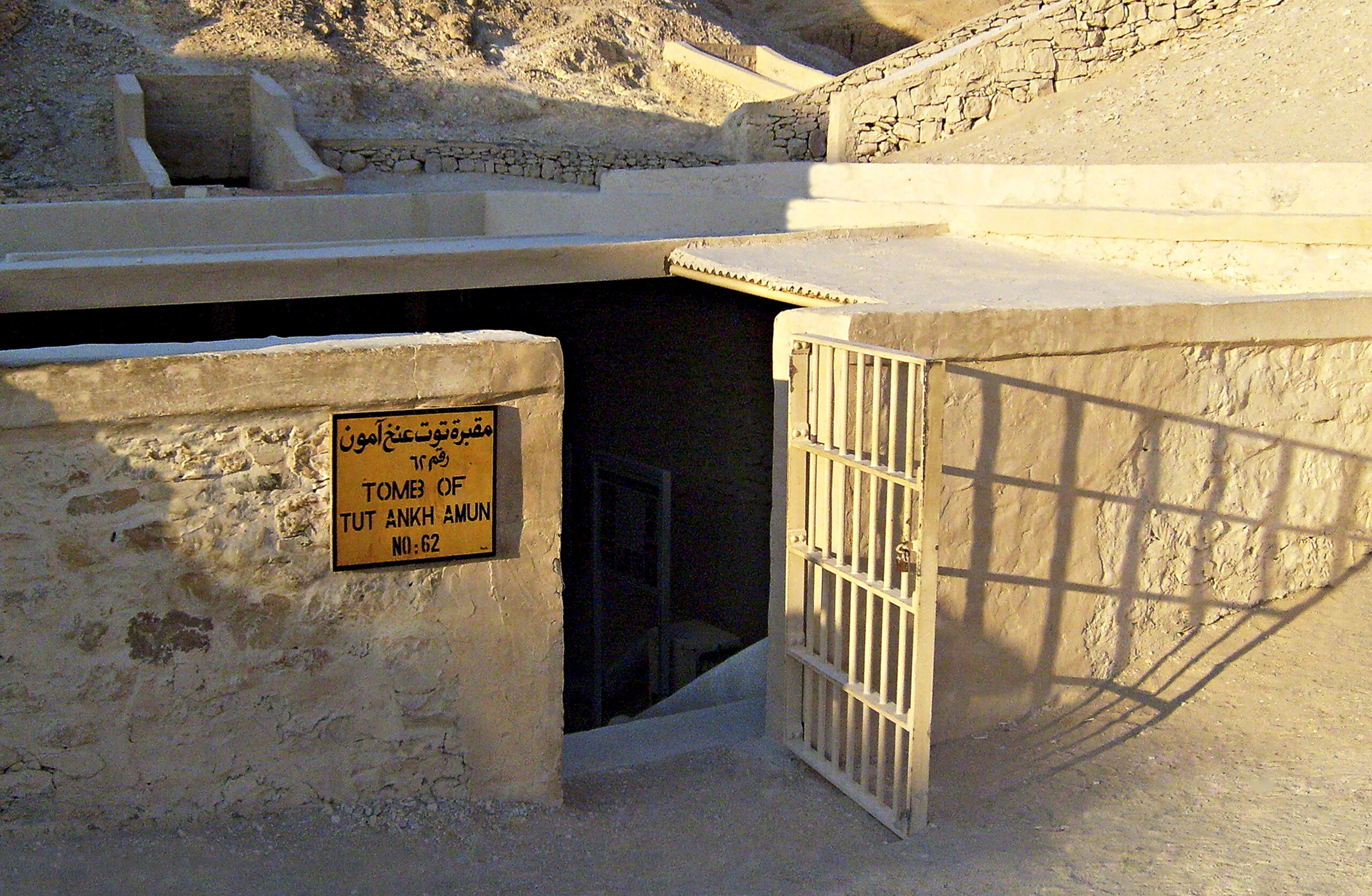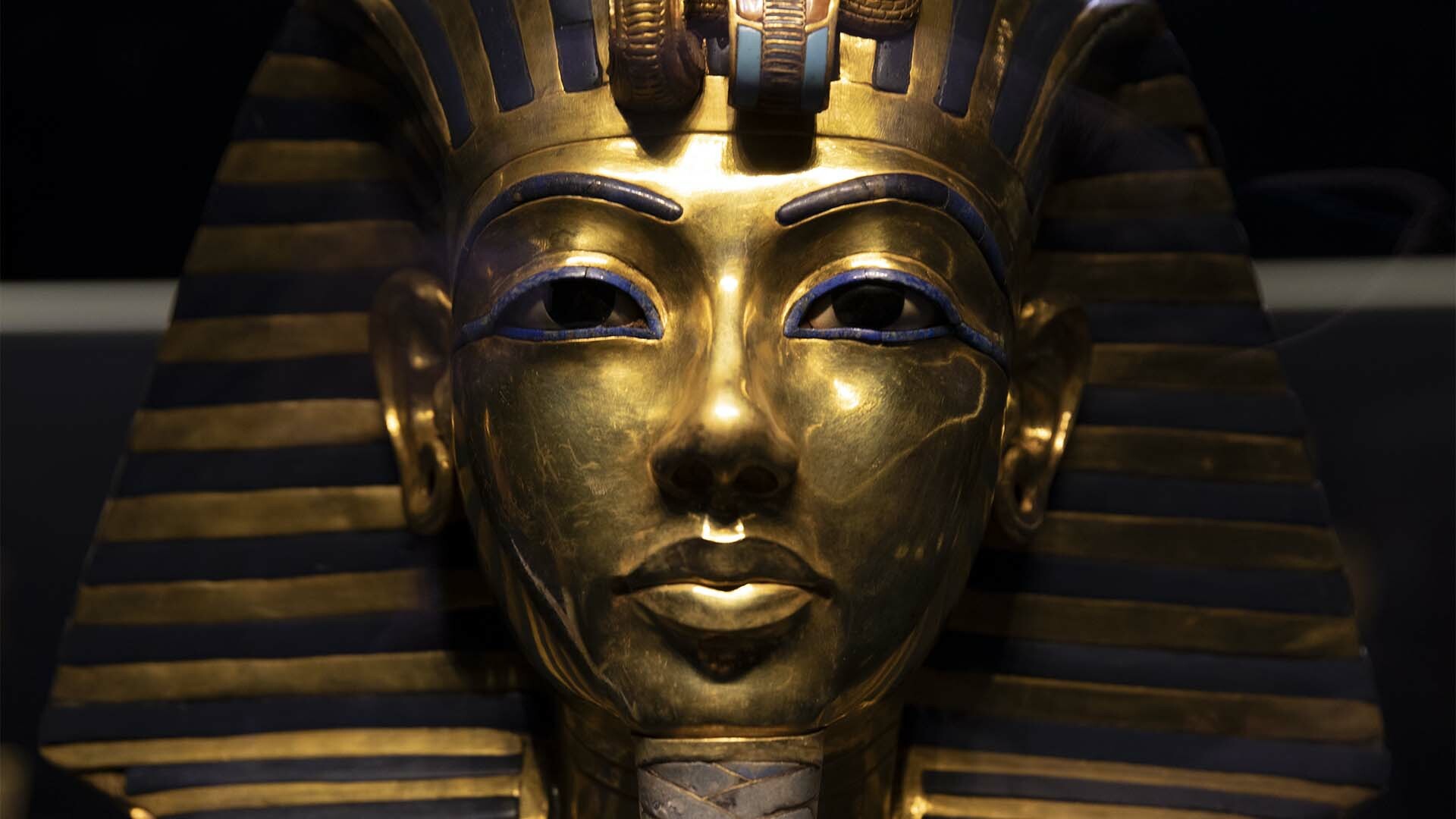King Tutankhamun, often referred to as King Tut, is one of the most iconic figures in ancient Egyptian history. His name has become synonymous with the golden age of Egypt's past, captivating historians, archaeologists, and enthusiasts worldwide. From his mysterious death to the treasures found in his tomb, King Tut's story continues to intrigue and inspire curiosity. Despite his short reign, King Tut's legacy has had a lasting impact on our understanding of ancient Egyptian culture, religion, and politics.
The fascination with King Tut lies not only in the opulence of his burial site but also in the mysteries surrounding his life. Who was this young pharaoh, and why does his story continue to captivate us centuries later? His life and death have sparked countless debates and theories, ranging from conspiracy to divine intervention. This article dives deep into the life, reign, and enduring legacy of King Tut, exploring both the historical facts and the myths that have shaped his story.
In this comprehensive guide, we will uncover the real-life legacy of King Tut, from his early years to the discovery of his tomb in 1922. By examining historical records, archaeological findings, and expert opinions, we aim to provide a detailed and trustworthy account of this legendary figure. Whether you're a history enthusiast or simply curious about ancient Egypt, this article will offer valuable insights into the life of the boy king whose name has become immortalized in history.
Read also:Shubshree Sahu Mms Unveiling The Controversy And Its Impact
Table of Contents
- Biography of King Tut
- Early Life and Ascension to the Throne
- The Reign of King Tut
- The Discovery of King Tut's Tomb
- Treasures of the Tomb
- The Mystery of King Tut's Death
- Cultural Impact and Legacy
- Archaeological Significance
- Modern Theories and Interpretations
- Conclusion: Why King Tut Matters
Biography of King Tut
King Tutankhamun was born around 1341 BCE and ruled Egypt as a pharaoh during the 18th Dynasty of the New Kingdom. Despite his short reign, which lasted only about nine years, his legacy has endured for millennia. Below is a table summarizing key details about his life:
| Full Name | Tutankhamun |
|---|---|
| Born | 1341 BCE |
| Died | 1323 BCE |
| Reign | 1332 BCE – 1323 BCE |
| Parents | Akhenaten and an unknown mother |
| Spouse | Ankhesenamun |
Early Life and Ascension to the Throne
King Tut's early life remains shrouded in mystery due to the limited historical records available. What we do know is that he was born during a tumultuous period in Egyptian history. His father, Akhenaten, had introduced a radical religious reform that shifted the focus of worship to the sun god Aten, abandoning traditional Egyptian deities. This reform caused significant upheaval in the kingdom.
- Tutankhamun was originally named Tutankhaten, reflecting his father's devotion to Aten.
- After Akhenaten's death, Tutankhamun ascended the throne at the age of nine, guided by advisors such as Ay and Horemheb.
- One of his first acts as pharaoh was to restore the traditional polytheistic religion, earning him the name "Tutankhamun," which means "Living Image of Amun."
The Reign of King Tut
Though King Tut's reign was brief, it was marked by efforts to stabilize Egypt after the religious upheaval of his father's rule. His advisors played a crucial role in guiding the young pharaoh through the complexities of governance.
Restoring Political Stability
Under Tutankhamun's rule, Egypt began to recover from the religious and political chaos caused by Akhenaten's reforms. Temples dedicated to traditional gods were reopened, and priests regained their influence. This move helped restore public confidence in the monarchy and the divine order.
Foreign Relations
During his reign, King Tut focused on rebuilding Egypt's diplomatic relationships with neighboring regions. Artifacts found in his tomb suggest that Egypt maintained trade and alliances with other powerful civilizations, such as the Hittites and Nubians.
The Discovery of King Tut's Tomb
One of the most significant archaeological discoveries of the 20th century was the unearthing of King Tut's tomb in 1922 by British archaeologist Howard Carter. The tomb, located in the Valley of the Kings, was remarkably intact, offering a treasure trove of artifacts that provided unparalleled insights into ancient Egyptian culture.
Read also:Zondra Blust A Comprehensive Guide To Her Life Career And Influence
- The tomb was discovered on November 4, 1922, after years of meticulous excavation.
- It contained over 5,000 artifacts, including the famous golden death mask.
- The discovery sparked a global fascination with ancient Egypt, leading to what is often referred to as "Egyptomania."
Treasures of the Tomb
King Tut's tomb is renowned for its incredible wealth of artifacts, many of which are now housed in the Egyptian Museum in Cairo. These treasures not only highlight the opulence of ancient Egyptian royalty but also provide valuable insights into their beliefs and practices.
The Golden Death Mask
Perhaps the most iconic artifact from the tomb is the golden death mask, which adorned King Tut's mummy. Weighing 11 kilograms (24 pounds), the mask is made of solid gold and inlaid with precious stones, symbolizing the pharaoh's divine status.
Chariots and Weapons
The tomb also contained several chariots and weapons, indicating that King Tut was trained in military skills. These items suggest that despite his young age, he was prepared to defend Egypt if necessary.
The Mystery of King Tut's Death
King Tut's untimely death at the age of 19 has been the subject of much speculation. While the exact cause remains unknown, several theories have been proposed based on scientific analysis of his mummy.
- One theory suggests that he died from an infection following a leg injury.
- Another theory posits that he may have been assassinated due to political instability.
- Recent DNA analysis has revealed that King Tut suffered from malaria and had a clubfoot, which may have contributed to his early demise.
Cultural Impact and Legacy
King Tut's legacy extends far beyond his reign. His story has inspired countless books, films, and exhibitions, making him a cultural icon. The discovery of his tomb also played a pivotal role in shaping modern Egyptology.
Influence on Pop Culture
From Hollywood movies to museum exhibitions, King Tut's story continues to captivate audiences worldwide. The "Treasures of Tutankhamun" exhibition, which toured globally in the 1970s, attracted millions of visitors and reignited public interest in ancient Egypt.
Advancements in Egyptology
The study of King Tut's tomb and artifacts has provided valuable insights into ancient Egyptian burial practices, religious beliefs, and daily life. Modern technologies, such as CT scans and DNA analysis, have further enhanced our understanding of this enigmatic figure.
Archaeological Significance
King Tut's tomb is considered one of the most important archaeological discoveries of all time. Its preservation offers a unique glimpse into the art, culture, and technology of ancient Egypt.
Preservation of Artifacts
The artifacts found in King Tut's tomb have been meticulously preserved and studied, providing a wealth of information about ancient Egyptian craftsmanship and materials. These artifacts continue to be a focal point for researchers and historians.
Ongoing Research
New technologies are constantly being applied to study King Tut's tomb and its contents. Recent discoveries, such as hidden chambers within the tomb, have reignited debates about the possibility of additional treasures or even the remains of other pharaohs.
Modern Theories and Interpretations
As technology advances, so too does our understanding of King Tut's life and death. Modern theories often challenge traditional interpretations, offering new perspectives on this ancient mystery.
The Curse of the Pharaohs
One of the most enduring myths surrounding King Tut is the "Curse of the Pharaohs," which claims that those who disturb his tomb will suffer misfortune. While this theory has been largely debunked, it remains a popular topic of discussion.
Reconstructing the Family Tree
Recent DNA studies have shed light on King Tut's family tree, revealing connections to other prominent pharaohs such as Amenhotep III and Queen Tiye. These findings have helped clarify the lineage of the 18th Dynasty.
Conclusion: Why King Tut Matters
King Tutankhamun's life and legacy continue to captivate the world, offering a window into the rich history of ancient Egypt. From the discovery of his tomb to the ongoing research into his family and death, his story remains a testament to the enduring allure of the past.
As we reflect on King Tut's contributions to history, we are reminded of the importance of preserving and studying our shared cultural heritage. Whether you're fascinated by his golden treasures or intrigued by the mysteries surrounding his death, King Tut's story invites us to explore the wonders of ancient Egypt.
We encourage you to share your thoughts in the comments below or explore other articles on our site to learn more about the fascinating world of archaeology and history. Together, let's keep the legacy of King Tut alive for future generations to discover and appreciate.

